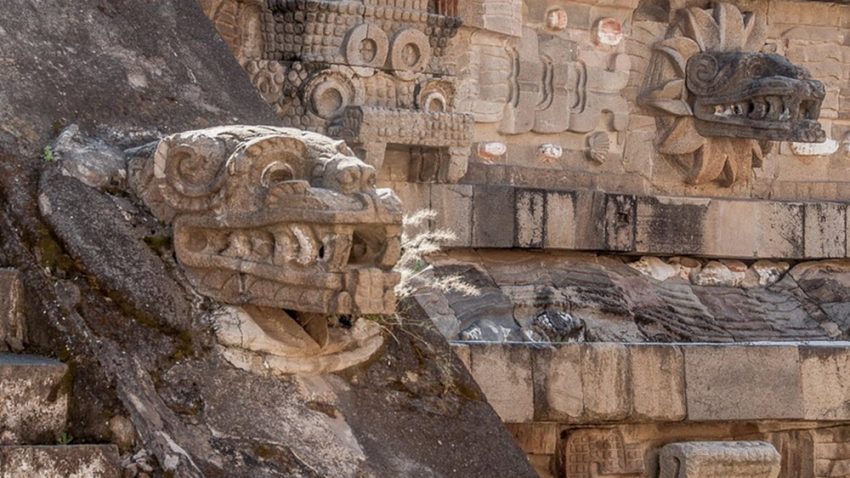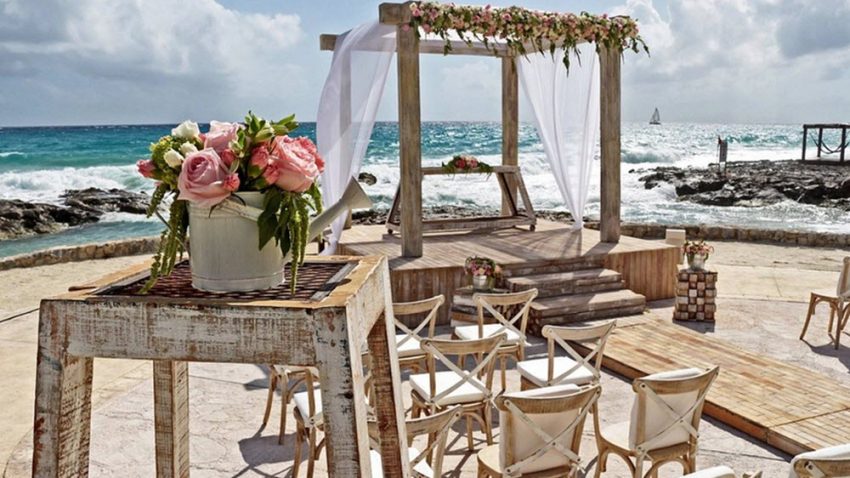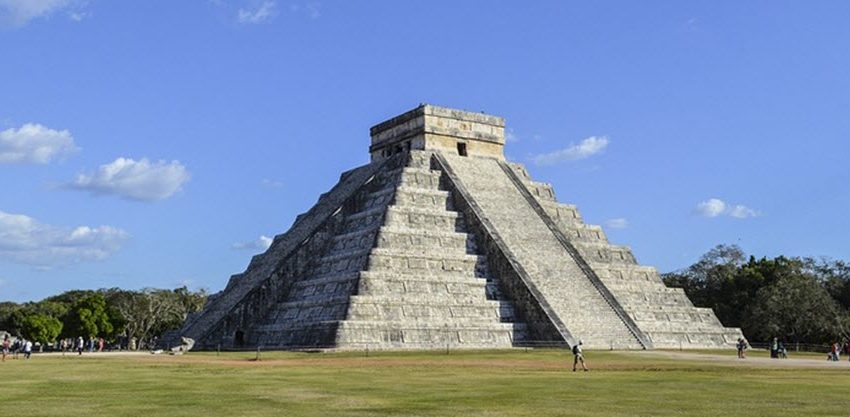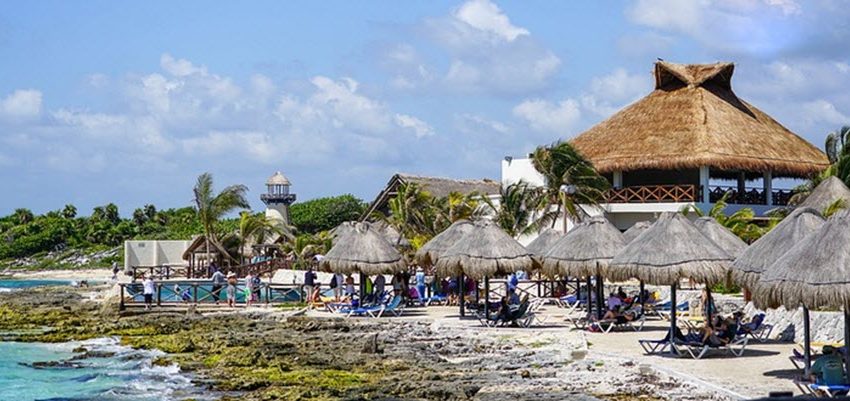Día de los Muertos
Contents
Día de los Muertos, or Day of the Dead, is a vibrant and deeply meaningful tradition celebrated throughout Mexico on November 1st and 2nd. November 1st, All Saints’ Day, is dedicated to deceased infants and children, known as “angelitos” (little angels), and November 2nd, All Souls’ Day, honors adults who have passed away.
This unique holiday, which has origins in both ancient Mesoamerican cultures and European Christian practices, honors deceased loved ones in a colorful and joyful manner, contrasting sharply with many other cultures’ more somber commemorations of the dead in late October and early November.
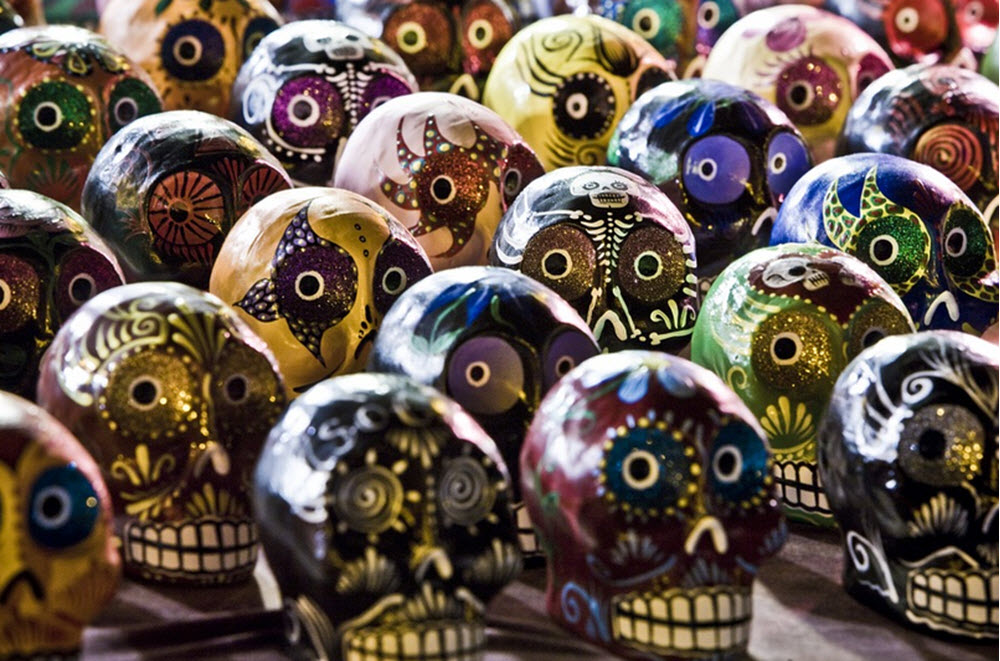
Origins and Significance
The roots of Día de los Muertos can be traced back thousands of years to indigenous peoples, including the Aztec and Nahua groups, who had cyclical understandings of the universe and believed in an afterlife. The celebration as it is known today is a syncretism between these pre-Hispanic religious rites and Catholicism, brought to the Americas by Spanish conquistadores.
Traditions and Customs
Ofrendas (Altars)
One of the most distinctive features of Día de los Muertos is the creation of altars in homes and cemeteries to honor the deceased. These altars are decorated with photos, mementos, and favorite foods of the departed.
A common format for an ofrenda is to have three distinct levels.
- The topmost level identifies the dead person who is being invited to the ofrenda. There may for instance be a portrait of the diseased here. Catholic relious images and objects are used to form the back of the altar, the retablo. Crosses, crucifixes, statuettes of the Virgin Mary, and images of saints are popular choices for the retablo.
- Objects believed to make the dead to feel welcome are placed on the middle level of the altar. It can for instance be the person’s favourite foods; often pan dulce, sweets, mole, and – of course – pan de muerto. Glasses of water is there to quench the thirst of the dead after their long journey to this world. For a deceased adult, tequila or mezcal can also be included. For a diseased child, a toy is more appropriate.
- The lowest level is for lit candles. In addition to this, we can also place a mirror here so the deceased can see themselves, and cleaning products (washbasin, soap, towel, etc.) for the dead to refresh themselves.
Calaveras (decorated sugar skulls) can be placed on all levels, and the same is true for cempazuchitl (marigold flowers).
Incense, especially resin from copal trees, can be used to safeguard the altar from evil spirits.
Some families decorate their altar to include representations of air, water, earth, and fire. Papel picado represents air since it is so light, water can be included by adding glasses of water, food represents the earth, and lit candles represents fire.
Ofrendas in different parts of Mexico
There is some regional variaton in the design of ofrendas for the Days of the Dead. Here are a few examples:
- In Oaxaca, ofrendas are often decorated with colourful paper mache objects called alebrijes.
- The abovementioned papel picado is especially common in Michoacan.
- Including the local flavourful sauce mole poblano is popular in Puebla.
- In Veracruz, by the Mexican Gulf, objects from the sea are often included in the ofrendas, such as seashells and seaweeds. Fish can be offered as food to the dead.
Cempazúchitl ( Marigolds)
Marigolds, with their bright orange petals and strong scent, are believed to guide spirits back to the world of the living. In Mexico, it is also known as ”flor de muertos” which means flower of the dead. The name Cempazuchitl, also spelled cempasúchil, comes from the Nahuatl name of the flower, cempohualxochitl, which means twenty flower.
Calaveras (Skulls)
Sugar skulls, often inscribed with the name of the deceased on the forehead, are both a treat and a decoration. Skulls made of clay or paper mâché are also common. These represent the dead, whom celebrants remember and honor with joy and love rather than fear.
Pan de Muerto (Bread of the Dead)
This sweet, circular bread, often adorned with bone-shaped pieces, is a staple of the holiday. It is enjoyed by families and also placed on altars as offerings to the spirits.
La Calavera Catrina
Originally from a 1910 zinc etching by Mexican printmaker José Guadalupe Posada, La Catrina has become a symbol of Día de los Muertos. This elegantly dressed female skeleton represents a playful mockery of death and a reminder of the social equality it brings.
In the mid 1940s, the Mexican artist Diego Rivera elaborated Posada’s Catrina into a full-scale figure in his fresco ”A Dream of a Sunday Afternoon in the Alameda Park”. While Posada’s etching was chiefly a social critque of the upper class woman, Rivera included a lot of indigenous symbols in his full-scale Catrina which helped turn it into a national symbol.
A more recent development in Mexico are people dressing up as La Catrina during Day of the Dead celebration, often with elaborate skull make-up. There is now also a male counterpart to La Catrina; a man i skull make-up wearing a formal black suit and top hat, or a mariachi costume.
UNESCO Recognition
In 2008, UNESCO recognized Día de los Muertos as part of the Intangible Cultural Heritage of Humanity, highlighting its significance as a symbol of Mexican identity and its role in promoting unity and community among the living while commemorating the deceased.
Contemporary Celebrations
Modern Día de los Muertos festivities blend traditional and contemporary elements, with celebrations including parades, music, and dance performances. In cities like Mexico City, massive parades and public displays have been inspired, in part, by global interest and the portrayal of the holiday in international media, such as the James Bond film “Spectre” and the animated movie “Coco.”
Despite its growing popularity and commercialization, at its heart, Día de los Muertos remains a deeply personal and spiritual time for families to remember their loved ones. The holiday emphasizes the cyclical nature of life and death and serves as a reminder to cherish and celebrate the memories of those who have passed.
Día de los Muertos is a profound expression of culture, memory, and spirituality, illustrating the Mexican approach to death as a natural phase in life’s continuum, to be met with celebration and remembrance rather than sorrow.


